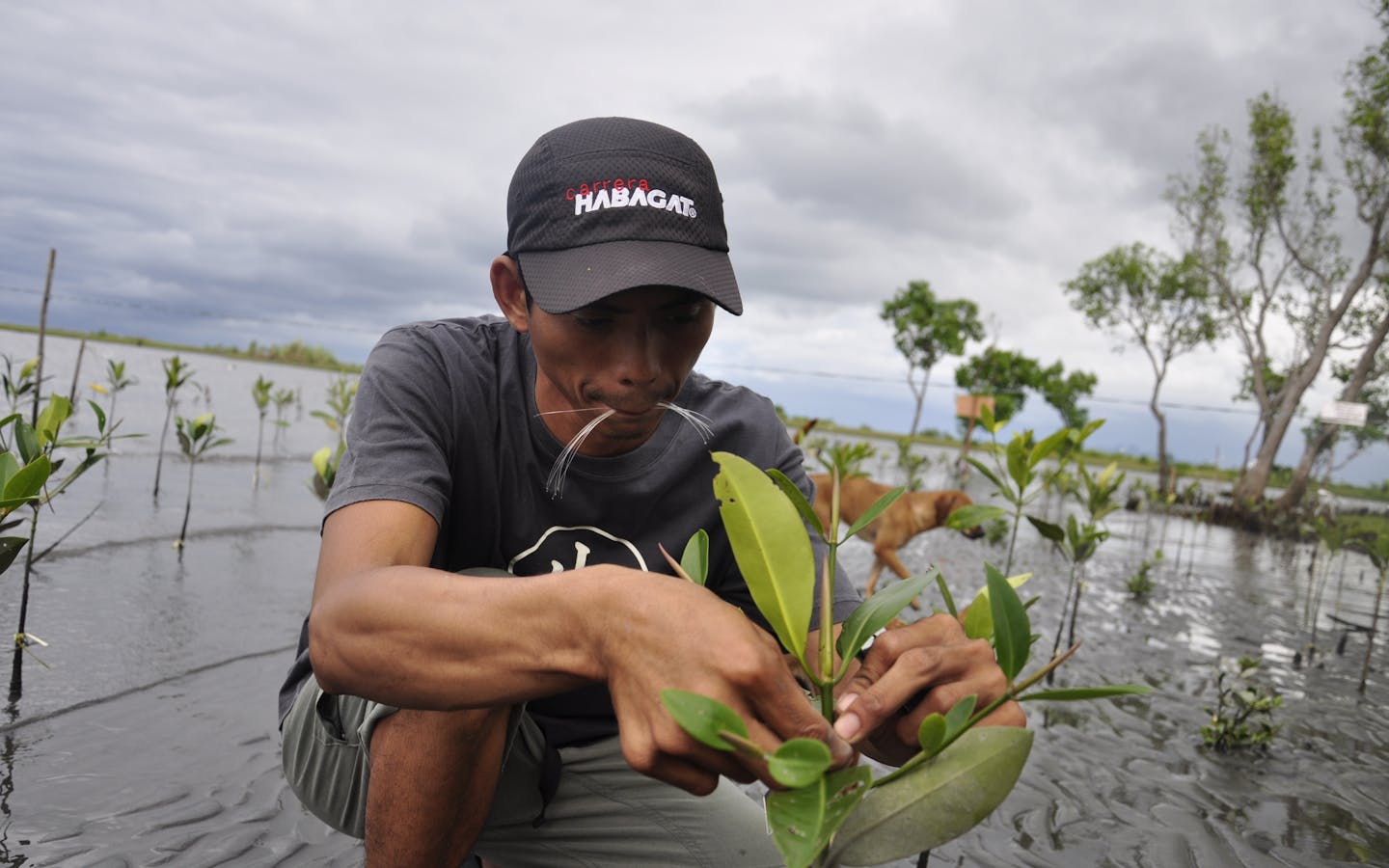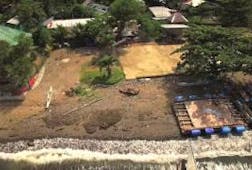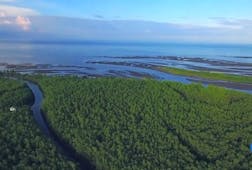Situated in “typhoon alley,” coastal communities living throughout the 7,000 islands of the Philippines are most vulnerable to the dangers posed by climate change — especially the increasing frequency of extreme weather events.
This horror was experienced firsthand by the people of the Philippines in 2013, as Typhoon Yolanda (also known as Typhoon Haiyan) swept through several communities. In its aftermath, Yolanda left over 6,000 lives lost and more than 900,000 families without homes for months.
As lives are gradually rebuilt, the threat of climate change lingers. Intense storms still threaten to batter the coasts — it is a matter of ‘when,’ not ‘if.’
Our role
To increase coastal resilience, and protect these communities against climate change impacts like storm surges, Conservation International is combining two well-established approaches, nature and engineering, into an innovative new approach — green-gray.
Nature traditionally protected the people living along the coastline through its mangroves, peatlands and coral reefs — which act as green infrastructure. In fact, each kilometer of this forest can reduce ocean waves passing through them by half a meter (1.6 feet). This forms the first line of defense during a storm surge. However, these trees require time to grow, and their loss due to their use as fuelwood, and their clearing for aquaculture and coastal development has left many communities vulnerable — leading to the need for man-made, or ‘gray’ infrastructure. These include sea walls or coastal armoring, which provide a high level of protection during storms once built. However, gray infrastructure requires high maintenance and cannot adapt to the needs of the people in the long term due to climate change.
By combining both green and gray infrastructure, together with the cutting-edge modeling of ocean, weather and climate change conditions in close consultation with local governments and communities, Conservation International will provide an adaptable solution — one that can protect communities in the short-term while building up a stronger defense against the next storm.
Our plan

Implementing green-gray in Concepcion, Iloilo
Over 70% of Filipinos depend on farming and fishing for food and livelihoods. Both activities require a stable and productive ecosystem — making it critical to protect nature. In Concepcion, Iloilo, Typhoon Yolanda’s rampage reduced coral from 70% to just 10%. This has affected fish populations and forced fishers to work harder for smaller catches.
Our innovative green-gray approach in Concepcion will encourage sustainable fisheries and introduce other livelihood options — so there is less pressure on fish stocks. It will build community resilience against climate impacts while restoring coral and marine biodiversity — for fishers, their families and the larger community.

Increasing climate change resilience
We plan to work closely with the government, regionally and nationally, to integrate this effort into relevant policies and programs. Conservation International will encourage the implementation of green-gray solutions within the National Climate Change Adaptation Program and National Reconstruction and Rehabilitation program, so that there’s an integrated country-wide solution to build coastal resilience against the ever-changing climate.
Eventually, we hope to implement this green-gray approach in other parts of the Philippines, where communities are vulnerable to storms, and provide this as a leading example to other countries in need of such solutions.

Combating climate change with local communities
Mangroves not only act as habitats for fish – they play an important role in carbon absorption and storage. As such, these habitats are nature’s solution to the very threat coastal communities are facing. With growing awareness of the value of nature in the Philippines, local communities are now acknowledging the need to restore natural ecosystems. Conservation International has worked with communities to restore mangrove habitats through planting 300,000 mangrove seedlings in Barangay Pulantubig, Baco, Oriental Mindoro.
In Silonay, we have worked with residents to protect mangrove habitats through supporting the establishment of livelihoods. We donated several kayaks, and helped to build a watch tower and a 900-meter (3,000 foot) bamboo boardwalk for tourism activities. As a result, community members agreed to end the practice of cutting mangroves and aid monitoring efforts.
This work was generously supported by the French Facility for Global Environment (FFEM).






